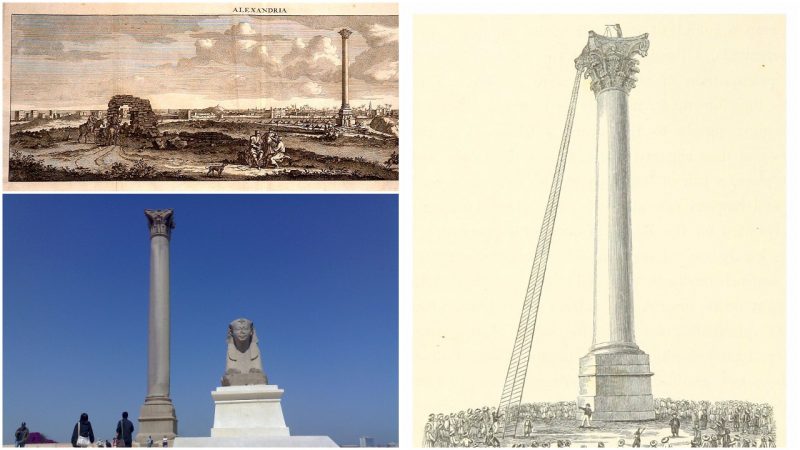Located in Alexandria, Egypt, Pompey’s Pillar is the largest Roman triumphal column constructed outside the imperial capitals of Rome and Constantinople.
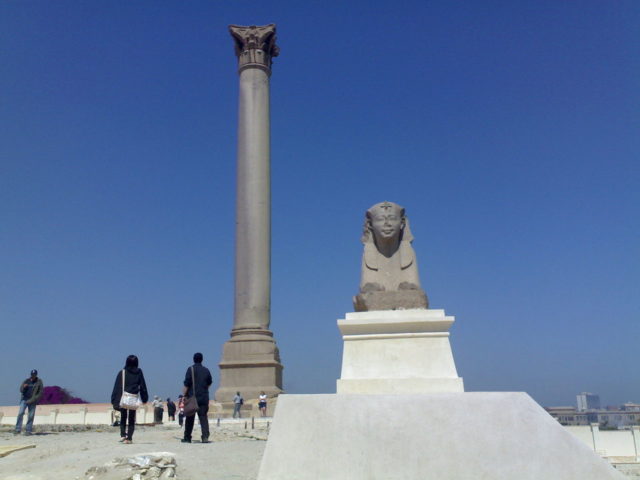
The Pompey Pillar is also one of the largest ancient monoliths, one of the largest monolithic columns ever erected, and the only known free-standing column in Roman Egypt.
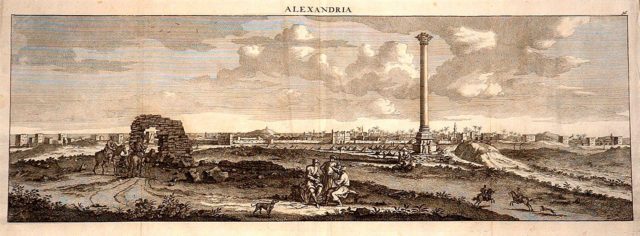
The Corinthian column is erroneously dated to the time of Pompey, but it was actually built in 297 as a triumphal pillar commemorating the victory of Roman Emperor Diocletian over an Alexandrian Revolt
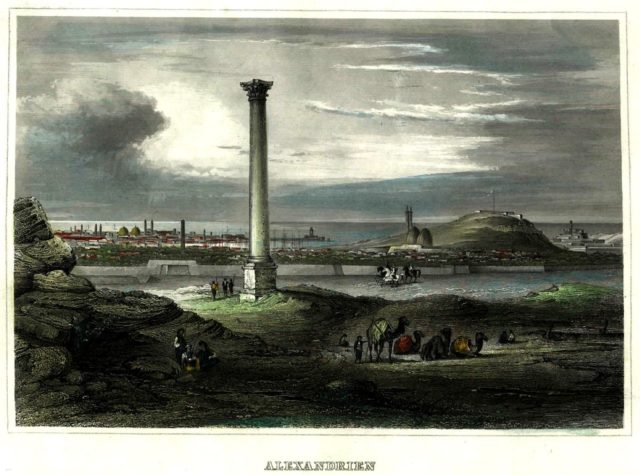
The Roman triumphal pillar was described by a Muslim traveler, Ibn Battuta, who visited the column back in 1436. Battuta recounted the story of an archer who shot an arrow tied to a string over the column, which enabled him to pull a rope tied to the string over the column and secure it on the other side in order to climb over to the top of the pillar.

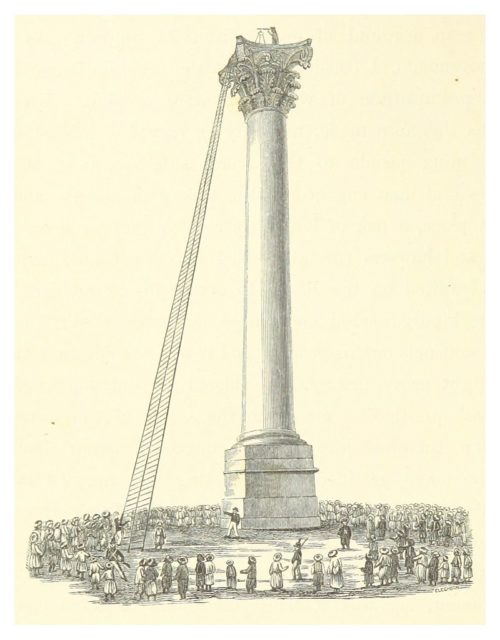
In 1803, John Shortland, commander of HMS Pandour, visited Alexandria and flew a kite over Pompey’s Pillar, which enabled him to attach ropes and a rope ladder to the column. Later that year, Shortland, along with Pandour‘s John White, got to the top of the Pompey’s Pillar. They celebrated their triumph by displaying the Union Flag on the Pilar and drank a toast to King Geroge III. A couple of days later, the sailors climbed back to the top assembled a staff, fixed a weather vane, ate a beef steak, and again toasted the king
